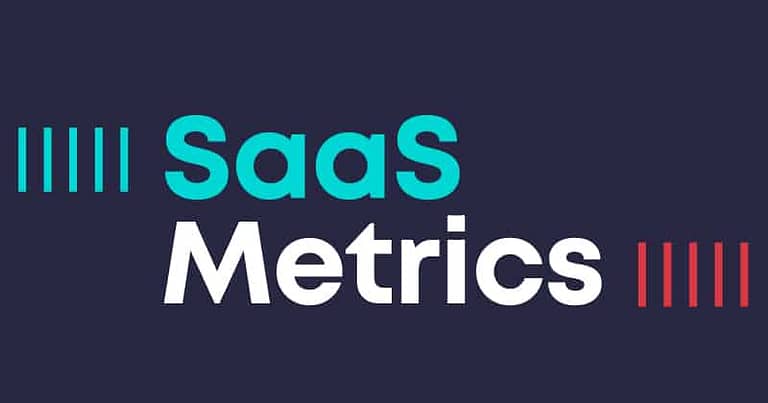Calculate your SaaS Metrics automatically and compare your company to industry benchmarks
About a month ago, we were approached by one of our portfolio companies to help them define and calculate their SaaS metrics. Being early stage investors, the companies we meet often do not yet have enough data to look at their SaaS metrics. Yet, we took on the challenge, anticipating that it would be easy enough for us to figure it out. To our surprise, what we anticipated would be easy, was in reality a far more cumbersome and complex process than we expected.
We think that part of the reason the process was more complex than we thought is because there is an abundance of information online on how to calculate ones SaaS metrics. There is no standard and often the advice is inconsistent. In fact, often the formulas provided, result in contrasting pictures of a companies position.
After grinding our teeth reading numerous posts and attempting to use various templates online we gave up and decided that it would be best to start from the beginning and build our own SaaS Metrics Calculator.
We are glad to share our SaaS Metric Calculator with you here.
Within our SaaS Metric Calculator you will find 8 tabs. The ones highlighted in yellow are for you to fill in. The rest will be populated automatically.
- Instructions: You should read the instructions carefully before starting and follow the steps. Here you will find explanations of what information you need to provide and where to place it.
- Your Dashboard: Here you will find all of your SaaS Metrics plotted on charts
- Industry Benchmark Graphs: Calculating your SaaS Metrics is not enough, you need to compare yourself to the industry. In this tab, we automatically compare you to parts of two industry reports Openview’s — 2018 Expansion Metrics and KBCM Technology Group 2018 Private SaaS Company Survey. This Tab is easiest understood when looked at alongside the reports above.
- Annual Summary: Annual Summary of your SaaS Metrics
- Quarterly Summary: Quarterly Summary of your SaaS Metrics
- Your Data (Fill): This is a tab that you fill out some of your monthly company data. It also automatically populates your monthly SaaS Metrics. (Please only fill in the Yellow Highlighted Cells)
- Customer Data (Fill): This is a tab that you fill out your customer data. (Please only fill in the Yellow Highlighted Cells) These cells represent MRR for each customer per month.
- SaaS Glossary: A glossary of all of the SaaS Metrics we look at in this document.
One of the things we learned is that there are multiple ways of calculating each SaaS metric. We have used what we believe to be the correct way, but feel free to replace or amend our formulas with your own.
For those who are already calculating their SaaS Metrics and are happy with the way they do so, we have separated out the Industry Benchmarks (Tab 3, above). You can find this document here. In this document you can simply add your annual SaaS metrics and then see your position compared to the two industry benchmark reports above.
Lastly, for those who are only getting started and don’t yet have data to use in either the SaaS Metric Calculator or the SaaS Industry Benchmarks, we have modified our standard budget tool and tailored it for SaaS companies. You can find it here: SaaS Budget Template.
We would also like to thank our portfolio companies who were our test subjects for this experiment as well as Alex Oppenheimer for all his advice (and patience!).
If you find mistakes, or if you have an ideas of how to improve the template — please email [email protected] or [email protected]. We want to hear from you!




